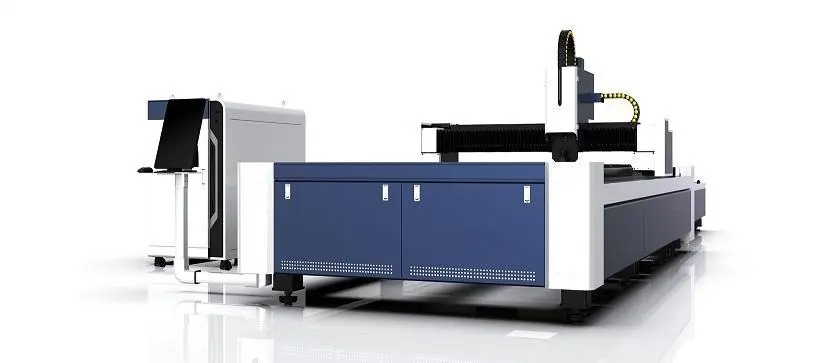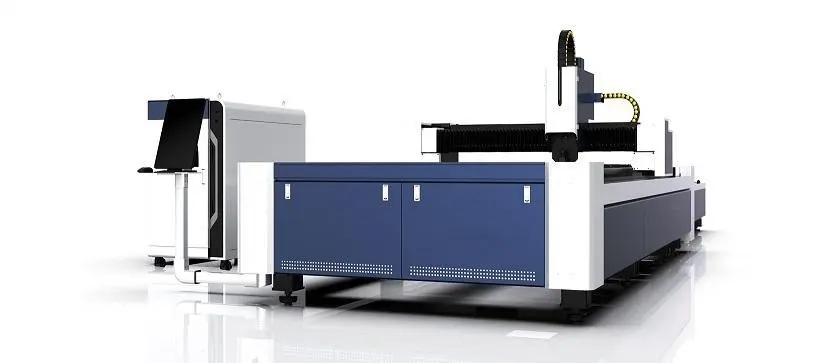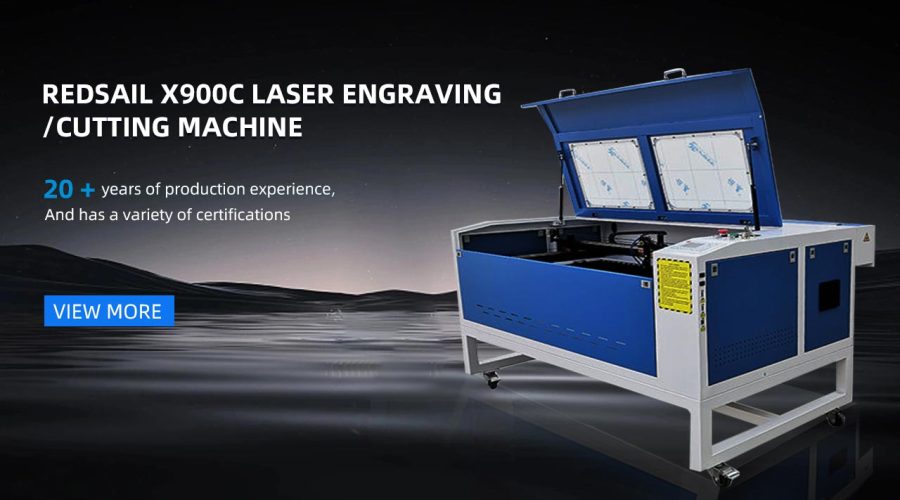Is a Thin Wood Laser Cutter the Perfect Tool for Precision Crafting?
Introduction
When it comes to precision crafting, having the right tools at your disposal can make a significant difference in the quality of your work. One such tool that has gained popularity in recent years is the thin wood laser cutter. This advanced device utilizes laser technology to cut, etch, and engrave various materials, including wood, with unparalleled precision. In this article, we will explore the benefits and limitations of using a thin wood laser cutter for precision crafting.
Benefits of Using a Thin Wood Laser Cutter
A thin wood laser cutter offers several advantages over traditional cutting methods, making it an ideal tool for precision crafting. Some of the key benefits include:
1. Precision
The primary advantage of using a thin wood laser cutter is the unparalleled precision it offers. The laser beam used in these machines is incredibly accurate and can cut intricate designs effortlessly. This level of precision allows craftsmen to create intricate patterns, delicate curves, and sharp edges that would be difficult to achieve with other tools.
2. Versatility
A thin wood laser cutter is highly versatile, capable of cutting through a wide range of materials apart from wood. From acrylic to leather, paper to plastic, these machines can handle various materials, expanding the possibilities for artistic creations. This versatility makes it an excellent tool for any craftsman looking to experiment with different materials.
3. Time Efficiency
Compared to traditional methods of cutting and engraving, the thin wood laser cutter offers a significant advantage in terms of time efficiency. The laser beam can swiftly and precisely cut through the material, reducing the overall production time. This not only increases productivity but also allows craftsmen to take on more intricate and time-consuming projects without worrying about the excessive time required.
4. Low Waste Generation
Unlike traditional cutting methods, a thin wood laser cutter produces minimal waste. The laser beam melts or vaporizes the material, resulting in a clean and efficient cut. As a result, craftsmen can maximize the use of their materials, reducing cost and minimizing environmental impact.
Limitations of Using a Thin Wood Laser Cutter
While a thin wood laser cutter provides numerous benefits, it is essential to be aware of its limitations as well:
1. Material Thickness
As the name suggests, thin wood laser cutters are suitable for cutting thin materials, usually up to a certain thickness. Attempting to cut materials that are too thick may result in incomplete cuts or damage to the machine. Hence, if you primarily work with thicker wood or other materials, alternative cutting methods might be more appropriate.
2. Initial Investment
Thin wood laser cutters can be costly, especially if you are looking for a high-quality, reliable machine that offers precise cuts consistently. This initial investment might not be feasible for hobbyists or small-scale craftsmen. It is crucial to assess your budget and determine the level of investment you are willing to make in this advanced tool.
3. Safety Measures
Working with a thin wood laser cutter requires adherence to strict safety protocols. The laser beam used in these machines can be harmful to the eyes and skin if not used correctly. Additionally, proper ventilation is essential to disperse any fumes generated during the cutting process. It is crucial to follow the safety guidelines provided by the manufacturer and invest in necessary safety equipment.
FAQs
Q1. Can a thin wood laser cutter cut materials other than wood?
A1. Yes, a thin wood laser cutter can cut various materials apart from wood. It is capable of cutting materials such as acrylic, leather, paper, plastic, and more.
Q2. Are thin wood laser cutters suitable for thick wood cutting?
A2. No, thin wood laser cutters are designed for cutting thin materials. Attempting to cut thick wood may result in incomplete cuts or potential damage to the machine. It is advisable to explore alternative cutting methods for thicker materials.
Q3. Are thin wood laser cutters safe to use?
A3. Thin wood laser cutters require strict adherence to safety protocols. The laser beam used can be harmful to eyes and skin, necessitating the use of appropriate safety equipment. Proper ventilation is also crucial to disperse any fumes generated during the cutting process.
Q4. What is the initial investment required for a thin wood laser cutter?
A4. The cost of a thin wood laser cutter can vary depending on the quality and features of the machine. However, they can be relatively expensive, and it is essential to evaluate your budget and needs before making a purchase.
Conclusion
A thin wood laser cutter offers precision, versatility, time efficiency, and low waste generation, making it an excellent tool for precision crafting. However, it is vital to consider the limitations such as material thickness, initial investment, and safety measures associated with these machines. By understanding the advantages and limitations, craftsmen can decide whether a thin wood laser cutter is the perfect tool for their precision crafting needs.





